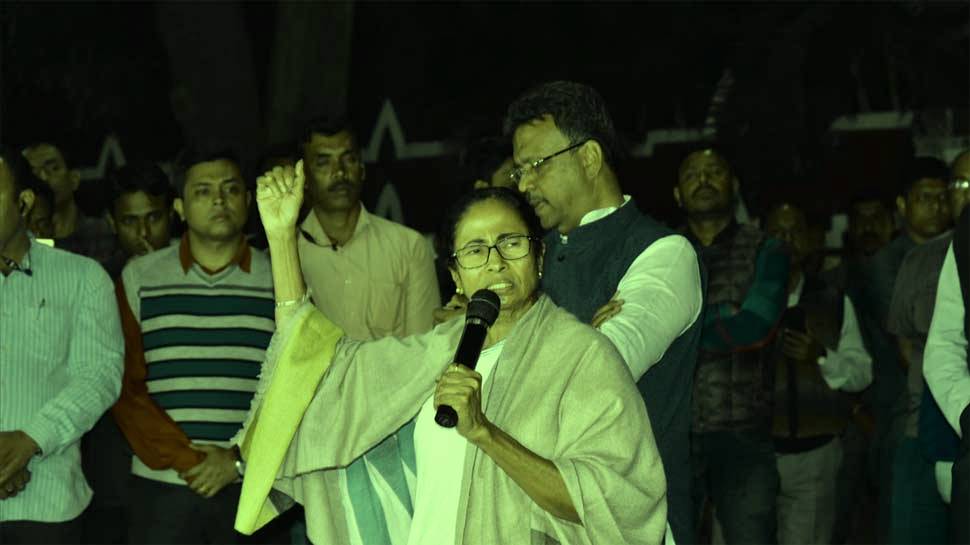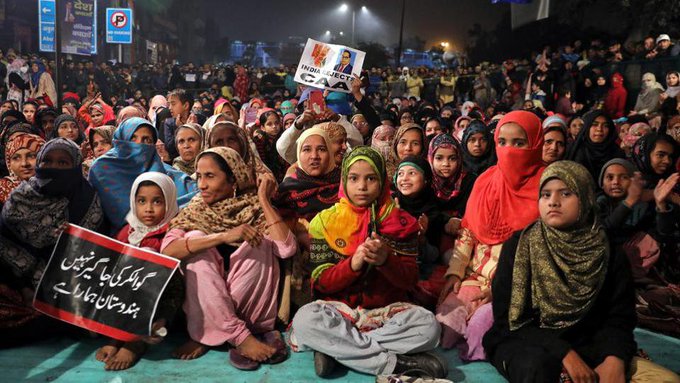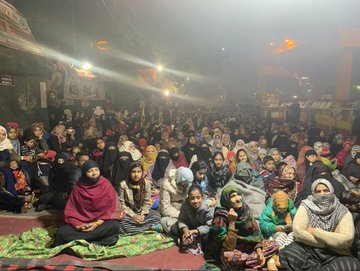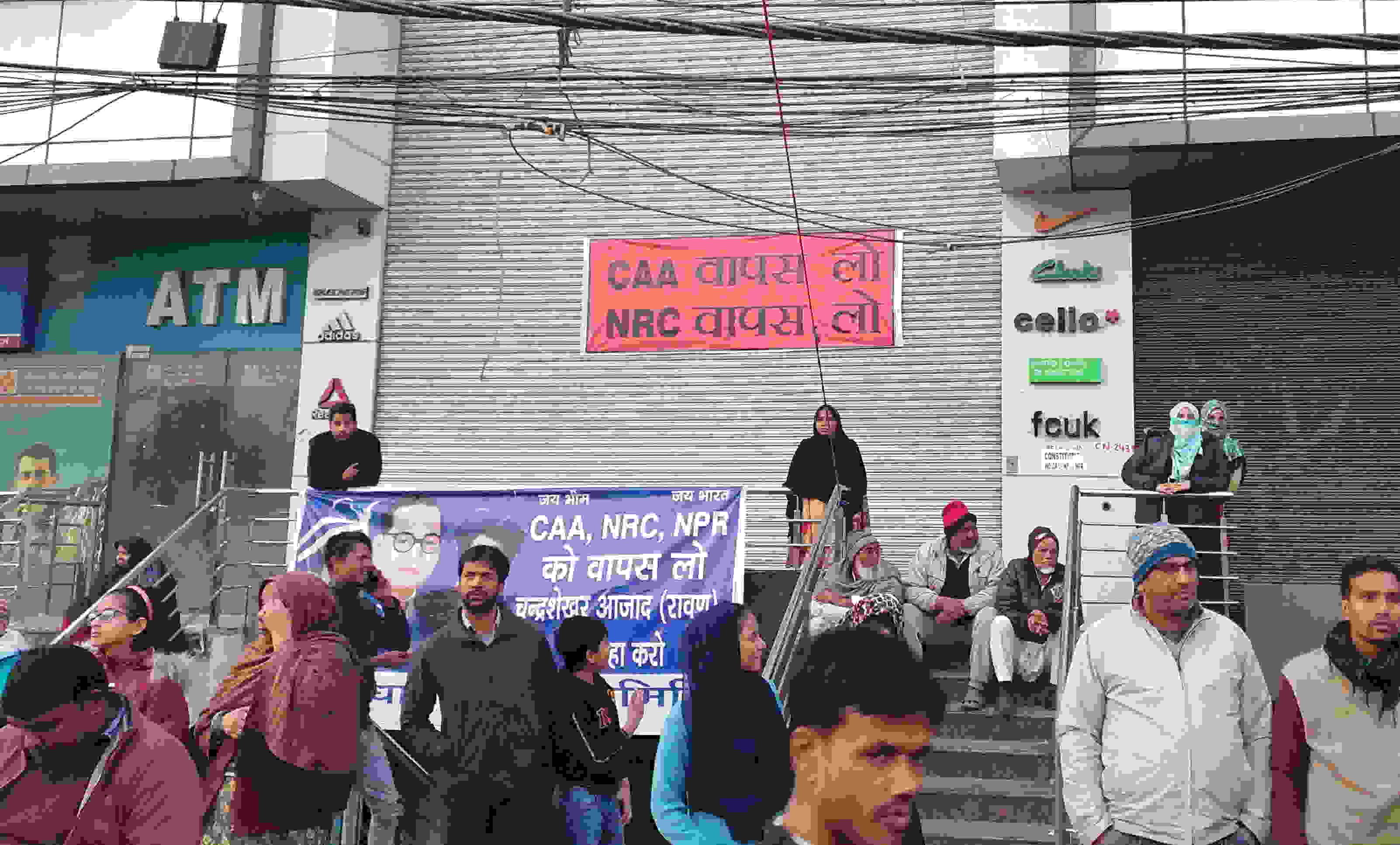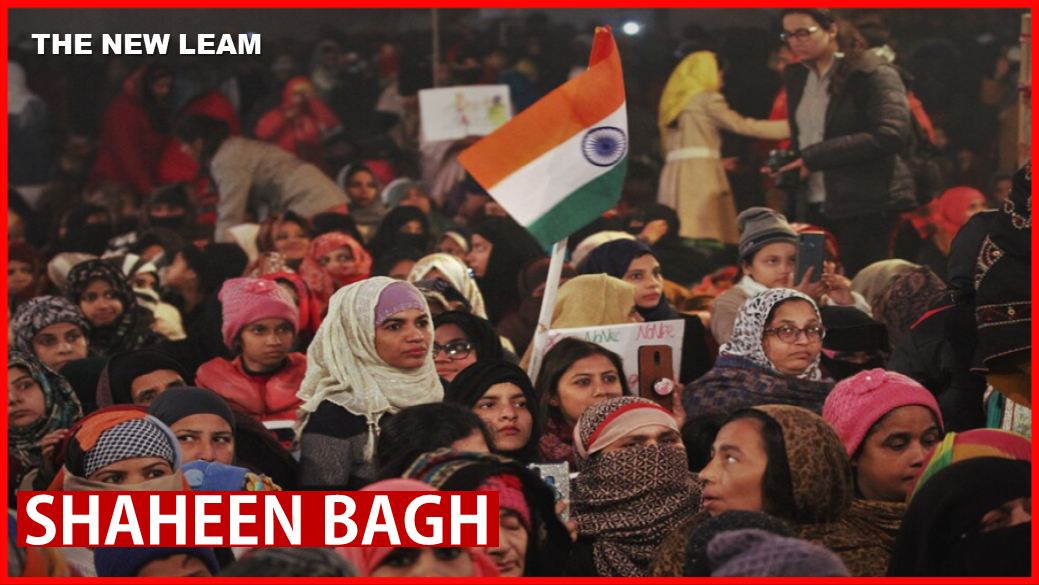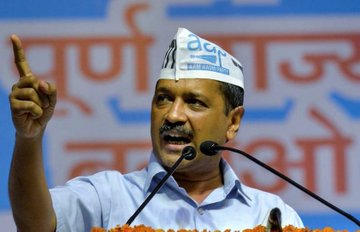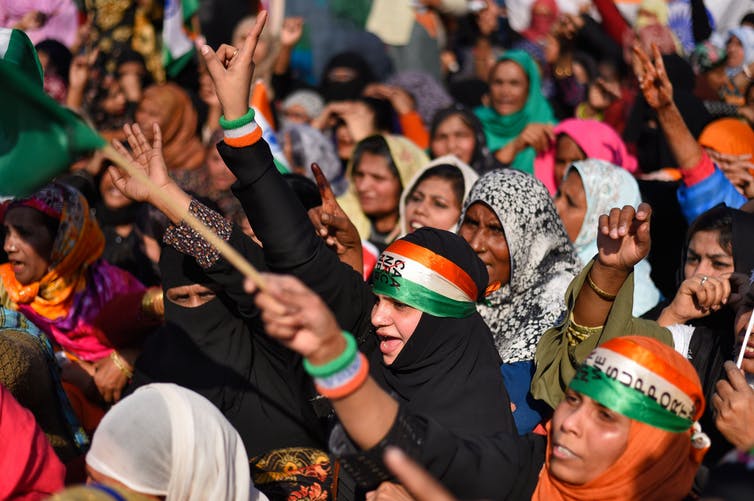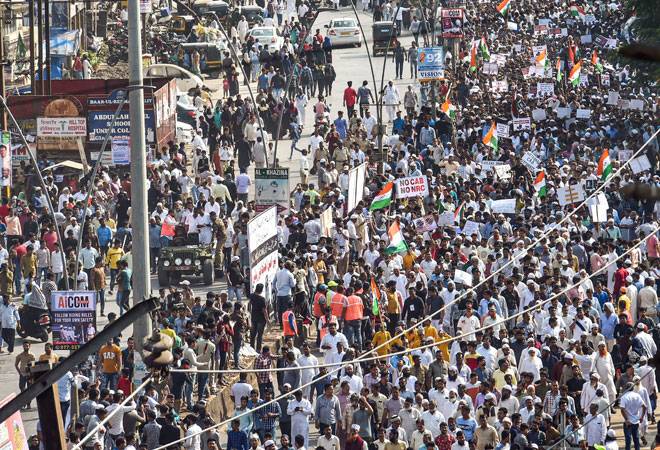As India celebrates her 71st years as a republic, nothing can be hearting than to see that the very basic document of its foundation i.e. the Constitution regaining center stage. We are experiencing a massive wave of protests all across the country after more than 8 years in the wake of the controversial amendment in the citizenship clause. At the center of these protests are very symbols of Indian Nation, i.e. the Indian tricolor and the Indian constitution.
The Tricolor, the Constitution and reading of its preamble which starts with ‘We the people of India…’ has become a common thread across several nationwide protests against the triad of CAA-NPR-NRC. The Constitution has become such a potent symbol of resistance today that at least two state governments till now, the Maharashtra and Madhya Pradesh government- both non – BJP states- has made the reading of preamble mandatory across schools. One of the several positive outcomes of the anti-CAA protests is that it has completely changed how the constitution has been perceived by a major section of the Indian populace.
The Indian Constitution which till now was encountered by people usually during the times of elections or the Republic Day celebrations and by students on their first page of NCERT books has today become a living document that is being read out loud, debated and discussed. The anti-CAA protests are disseminating the ideas and essence of the Indian constitution in broader Indian Society, which until now saw the Indian Constitution as some elitist and mystical document drafted by Dr. B R Ambedkar, which gave the Indian people some rights and prescribed some duties.
The assertive return of the Indian constitution in public discourse is not surprising at all considering the ideological foundations of the current ruling party which has its roots in the Hindutva movement as embodied in the RSS. RSS’s dislike for the Indian Constitution and even the Indian tricolor is an open secret. Delhi University Professor Shamsul Islam through his meticulous research has brought out several documents about how the RSS was not happy with the Indian Constitution and favored Manusmiriti over It!! Both, V.D. Sarvakrar and M.S Golwalkar, ideologues of the BJP and the RSS expressed their dislike for the Indian Constitution on the eve of the adoption of the Indian Constitution 70 years ago!! While the tricolor was rejected for having ‘three’ colors; as ‘three’ is considered inauspicious number in Hindu culture, the constitution was rejected for not representing the essence of ‘Hindu culture’.
Even today, we keep hearing negative remarks on the Indian Constitution by both BJP and RSS leaders. Most famously, the BJP leader Anant Kumar Hedge in 2017 clearly expressed the motive of the BJP government to change the Indian Constitution. Most recently, the reaction of BJP leaders to the decision by the Madhya Pradesh Government to make the reading of preamble mandatory in Schools was that of accusation. One senior BJP leader accused the Kamal Nath government of politicizing “school education to gain political mileage”. Given the historical disdain for the Indian constitution of the wider RSS family, this comment of BJP leader is not surprising at all!!
In light of these historical and contemporary developments, the assertion of national symbols of the Indian republic and thereby reclaiming them by the citizens of India is the best thing that could have happened after 73 years of Independence.
Recently the former president of India Pranab Mukherjee during a seminar held by Election Commission of India remarked that the present wave of protests which are upholding and asserting their beliefs in the Indian constitution will help deepen the roots of democracy in India. Nothing can be close to the truth that this statement of his. Today, the becoming of Indian Constitution as the prime symbol of resistance against the dangerous triad of CAA-NPR-NRC shows that the protesters are not only fighting to save the idea of India as envisioned by the founding fathers and mothers of Indian republic but their fight is also to further the idea of a secular, egalitarian, democratic and humanistic India.
The return of the Indian constitution into public discourse will only help inculcate the essence of the Indian constitution and the idea of India among future generations. This will help in the cultivation of what has been called the constitutional morality, both among citizens and elected leaders leading to a more informed participatory democracy.


